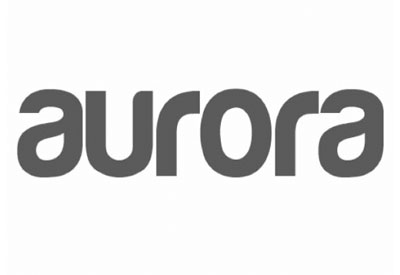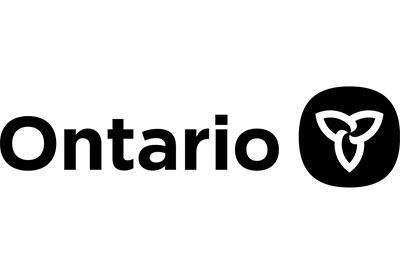Aurora Solar Technologies Provides Update on Market and Strategic Product Initiatives

February 8, 2018
With the price of solar energy dropping from $6 per watt to less than $1 per watt in the past 8 years, the outlook for solar energy as an alternative to dirty fossil fuels has never looked brighter. Driving this cost reduction is the launch of new, innovative solar cell designs and processes which could see the market size triple by 2020. This growth is being driven by investments in clean energy from emerging markets such as China and India where heavy air pollution in major cities is a key strategic problem as well as from leading Western countries such as the U.S., Japan, UK and Canada, and the European Union.
The new solar cell designs such as Monocrystalline PERC, Bifacial and Heterojunction technology are leading the way in improving margins and productivity for cell producers. With significant investments in these three areas by the leading global producers of solar cells, more than 80% of installed solar cell capacity are expected to reflect these designs within the next 7 years.
Addressing new high-efficiency solar cell markets.
Over the past two years, Aurora has successfully launched Decima and Gemini quality measurement platforms to support Monocrystalline PERC and Bifacial applications. The company has delivered more than 50 of these systems to leaders in the market and continues to expand its customer base and order book by establishing infrared quality measurement as a standard in all new production lines.
As part of the company’s leadership strategy in production measurement and control for high-efficiency PV cell manufacturing, Aurora has recently made excellent progress in developing its infrared measurement technology to support Heterojunction Technology (HJT) PV cell manufacturing quality control. (HJT is an ultra high-efficiency solar cell design pioneered by Japan’sPanasonic Corp., who is now also partnered with Tesla Inc. for solar products). According to Solar Media Ltd., HJT production capacity is expected to increase by 20 percent this year.
Full release here: http://www.nasdaq.com/press-release/aurora-provides-update-on-market-and-strategic-product-initiatives-20180125-00454










![Guide to the Canadian Electrical Code, Part 1[i], 26th Edition – A Road Map: Section 10 – Grounding and Bonding](https://electricalindustry.ca/wp-content/uploads/2022/11/Guide-CE-Code-2.png)





